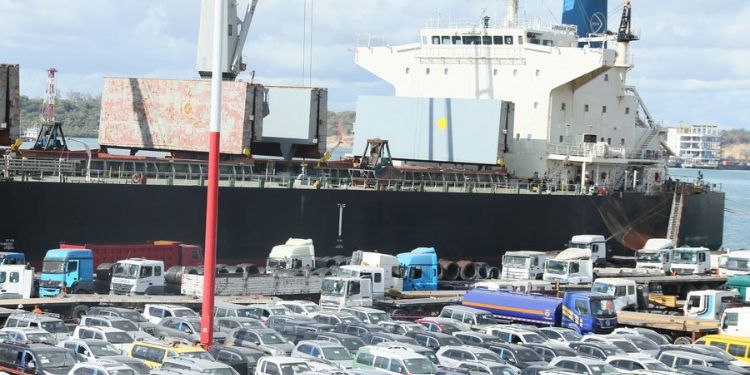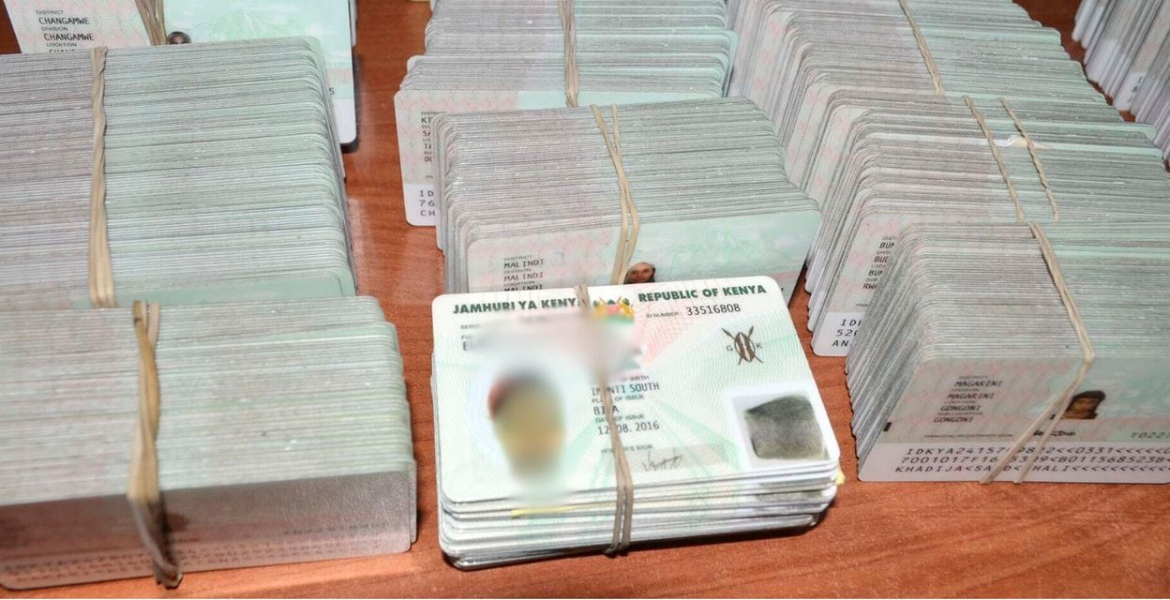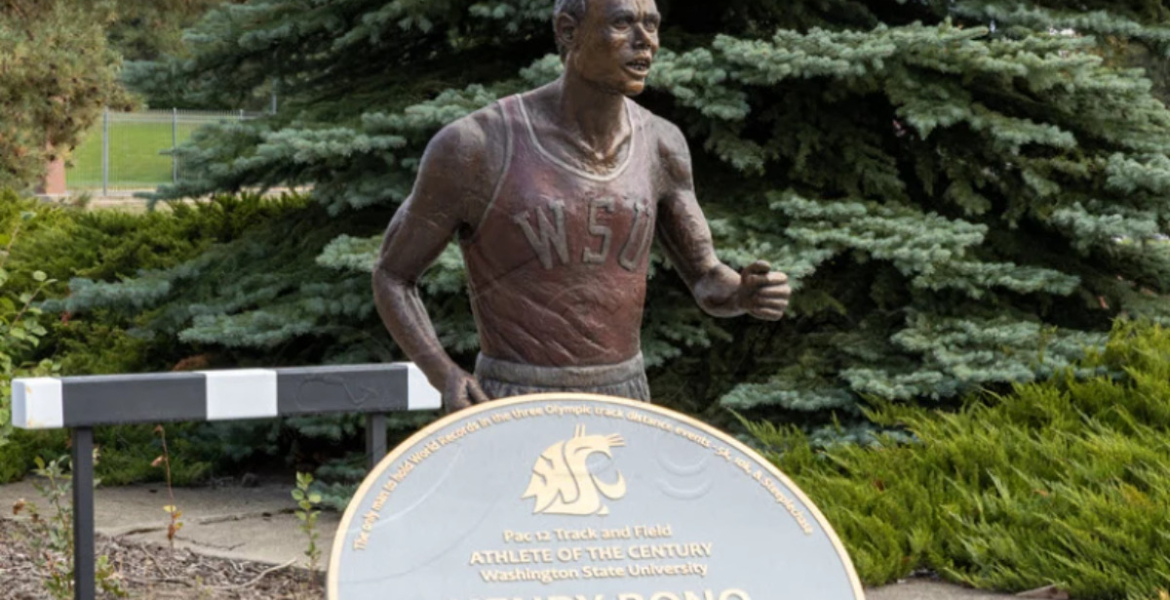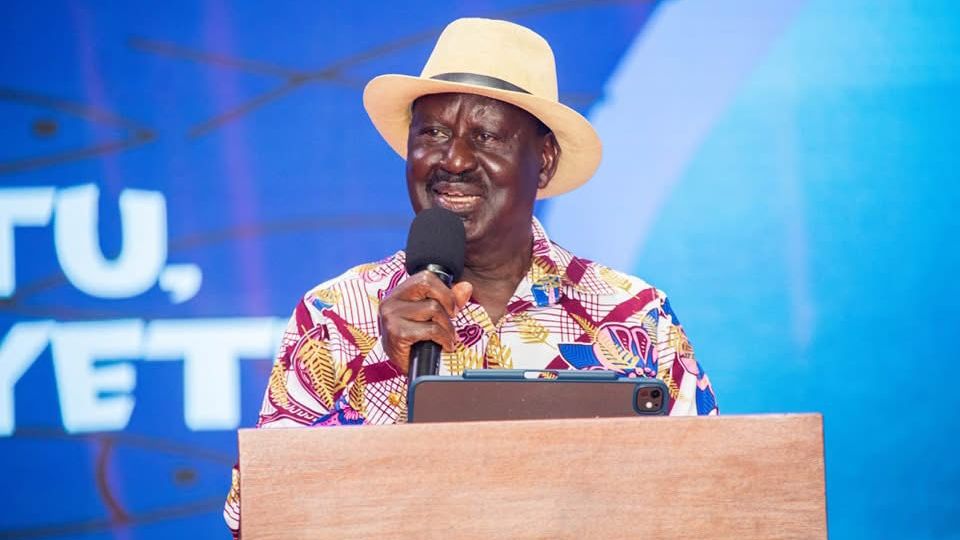Guide to Clearing Your Car at Mombasa Port

Importing a motor vehicle into Kenya and clearing it at the Mombasa port can seem challenging, but understanding the official process makes it manageable.
The Port of Mombasa is the country’s main entry point for cars from overseas, handling thousands of units every month.
Kenyan authorities at Mombasa Port require strict compliance with customs and safety regulations to protect the local market and the environment.
The Kenya Trade Information Portal, known as InfoTrade Kenya, provides a clear outline of each stage and stresses the importance of hiring a licensed clearing and forwarding agent.
These agents are recognised by the Kenya Revenue Authority (KRA) and have the expertise to navigate the digital systems and physical checks that keep vehicles moving smoothly through the busy port.
The first step to clearing a motor vehicle through Mombasa Port involves logging in to https://accounts.ecitizen.go.ke/en/login.
From there, they can access the trade, customs, and import services functions that were previously handled directly on the InfoTrade Kenya portal and complete the required registration before proceeding with the rest of the vehicle-clearing process.
Pre-Arrival Preparation at Mombasa Port
Clearing a motor vehicle through Mombasa Port begins long before the ship docks.
InfoTrade Kenya explains that an importer must first ensure the car meets Kenya’s import requirements:
- It must be right-hand drive and accompanied by a valid certificate of roadworthiness from the country of origin.
- Left-hand-drive vehicles are generally prohibited except in special cases.
- The importer or their licensed clearing agent then registers on the national trade facilitation platforms used by customs.
Before the vessel arrives at Mombasa Port, key documents are gathered, including a commercial invoice, bill of lading, proof of ownership, the roadworthiness certificate, a Kenyan Personal Identification Number (PIN), and identification such as an ID card or passport.
Customs Documentation and Port Clearance
The next stage is to apply for an Import Declaration Form (IDF), a mandatory customs document that captures the shipment’s details and is filed through the Kenya Revenue Authority (KRA) system.
A licensed clearing agent prepares and lodges the customs entry.
Once KRA verifies the paperwork and valuation, it issues a passed clearance entry, allowing the process to move forward.
When the ship arrives at Mombasa, the vehicle undergoes a physical inspection.
Customs officers and relevant agencies verify the documents and may require radiation screening or other specialised checks, depending on the origin of the vehicle.
Only when the car passes all inspections does KRA issue a final release order.
This electronic release permits the vehicle to leave the port or be moved to a container freight station for collection.
Final Registration with NTSA
The final stage takes place outside the port. The importer must register the cleared vehicle with the National Transport and Safety Authority (NTSA).
At this point, proof of tax and duty payment, the clearance documents, and the original foreign logbook are presented.
The NTSA then issues a Kenyan logbook and registration number plates, allowing the vehicle to be legally driven on Kenyan roads.
Throughout the process, InfoTrade Kenya highlights the importance of using a licensed clearing and forwarding agent, as these professionals are accredited to transact with customs and are familiar with the electronic systems.
Complete and accurate documentation at every step helps avoid costly delays and penalties.





